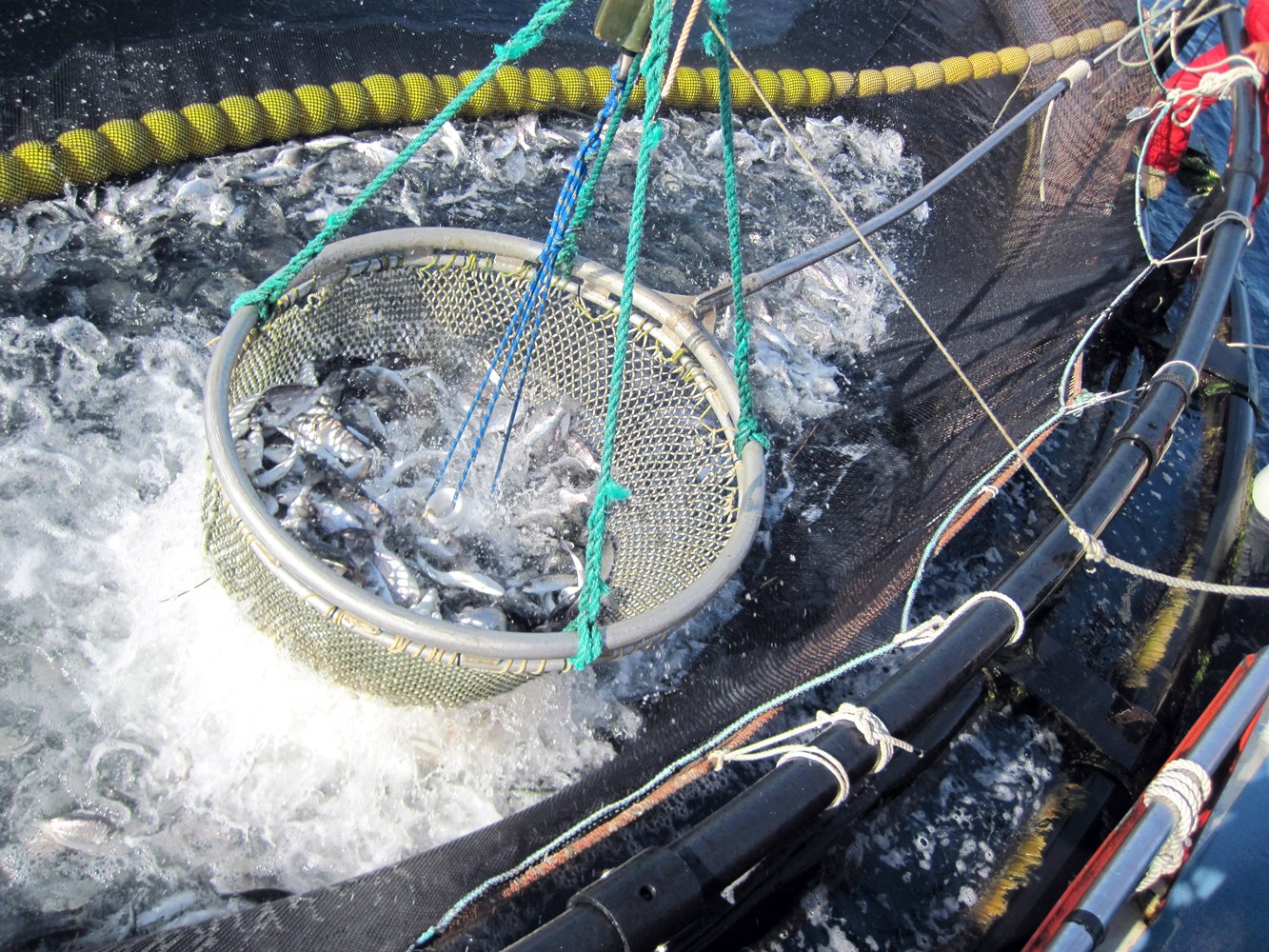Des eaux côtières à la grande bleue, et de la tradition à la modernité, l'aquaculture en eaux profondes et lointaines ne consiste pas simplement à déplacer des cages à poissons vers des zones offshore. Il s'agit plutôt d'une ingénierie de systèmes complexes impliquant une intégration interdisciplinaire, y compris l'ingénierie des équipements, l'environnement marin, la bio-écologie et la gestion de l'information.
La sélection des sites d'aquaculture nécessite un examen approfondi de la faisabilité naturelle et économique des organismes cultivés, de la performance des installations et des équipements, ainsi que des conditions environnementales marines, et sert de base à la réalisation d'activités d'aquaculture en eaux profondes et lointaines.

Les installations d'aquaculture en eau profonde varient en termes de types de structures et de spécifications, et les conditions naturelles des différentes zones maritimes diffèrent également. Par conséquent, lors de la sélection des sites d'aquaculture en eau profonde, les indicateurs techniques et les normes utilisés varient considérablement. Il est nécessaire de combiner les organismes cultivés avec les conditions de performance des installations et des équipements d'aquaculture en eau profonde, de contrôler les conditions de l'espace marin qui conviennent à la croissance des organismes cultivés et de répondre aux exigences de sécurité des équipements, afin de mener à bien les activités d'aquaculture en eau profonde avec des avantages économiques.
Dans le cas de l'aquaculture en eau profonde en système ouvert, l'environnement dans lequel résident les organismes cultivés est constitué des conditions environnementales externes elles-mêmes. Il existe donc une influence mutuelle entre l'aquaculture en eau profonde et son environnement. Par ailleurs, certains effets interactifs se produisent également entre les installations aquacoles. Au cours du processus de sélection d'un site pour l'aquaculture en eau profonde, il convient d'évaluer toutes les interactions potentielles et leurs incidences sur l'aquaculture en eau profonde, y compris les incidences environnementales des activités aquacoles en eau profonde, afin de minimiser les menaces, les risques et la surexploitation. Les facteurs clés à prendre en compte lors de la sélection d'un site pour un projet d'aquaculture en eaux profondes comprennent principalement trois aspects : les facteurs pour une croissance saine des organismes cultivés, les facteurs pour une exploitation sûre des installations aquacoles et d'autres facteurs pertinents.
I. Facteurs de croissance saine des organismes cultivés

Les zones d'aquaculture basées sur des installations en eaux profondes doivent présenter une bonne qualité d'eau. La qualité de l'eau des zones maritimes concernées doit non seulement être exempte de pollution industrielle, mais aussi répondre aux besoins biologiques des organismes cultivés. Les facteurs spécifiques comprennent l'oxygène dissous, les polluants, la température, la salinité, le pH, les agents pathogènes et les facteurs pathogènes, la lumière et la transparence, etc. La quantité de particules en suspension dans l'eau d'aquaculture doit pouvoir être contrôlée dans une certaine fourchette, et la probabilité d'eutrophisation de l'eau et d'apparition d'organismes malades doit être relativement faible. Un certain débit d'eau est nécessaire pour assurer un échange d'eau suffisant ; toutefois, un débit trop élevé exercera une pression sur les organismes cultivés et l'équipement de l'installation.
II. Facteurs pour une exploitation sûre des installations aquacoles

Lors de la sélection d'un site pour un projet d'aquaculture en eaux profondes, il est nécessaire de prendre en compte non seulement les conditions optimales de qualité de l'eau de mer requises par les organismes cultivés, mais aussi l'impact des conditions environnementales marines sur l'installation des équipements d'aquaculture, des barges et d'autres aspects connexes. La finalisation des spécifications des installations d'aquaculture en eau profonde, la conception et la construction des systèmes d'amarrage et la sélection des navires auxiliaires doivent tenir compte des facteurs suivants : profondeur de l'eau ou profondeur de l'eau sur le site sélectionné (par exemple, topographie et courbes de niveau du fond marin), vitesse et direction du courant, force du vent, vagues, fond marin (par exemple, type de sédiments du fond marin) et incidence des cyclones tropicaux.

